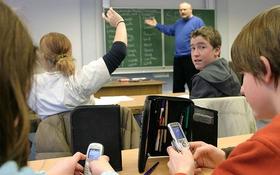W F Peavy Primary serves 688 students in grades Prekindergarten-2.
The student:teacher ratio of 14:1 is equal to the Texas state level of 14:1.
Minority enrollment is 40% of the student body (majority Hispanic), which is lower than the Texas state average of 75% (majority Hispanic).
Quick Stats (2025)
- Grades: Prekindergarten-2
- Enrollment: 688 students
- Student:Teacher Ratio: 14:1
- Minority Enrollment: 40%
- Source: National Center for Education Statistics (NCES), TX Dept. of Education
School Overview
W F Peavy Primary's student population of 688 students has declined by 9% over five school years.
The teacher population of 49 teachers has grown by 8% over five school years.
Grades Offered
Grades Prekindergarten-2
Total Students
688 students
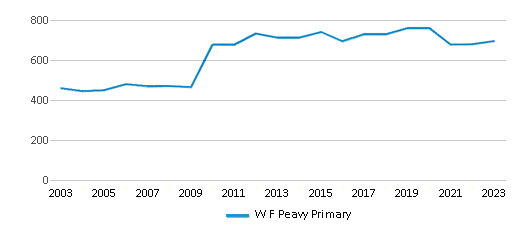
Gender %
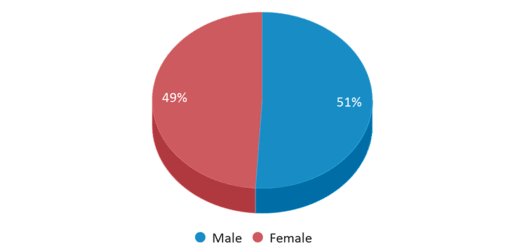
Total Classroom Teachers
49 teachers
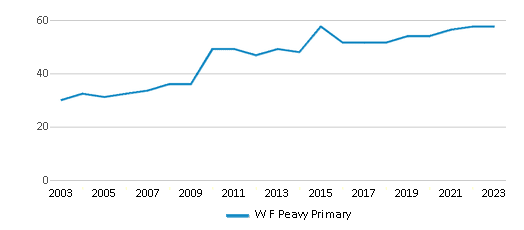
Students by Grade
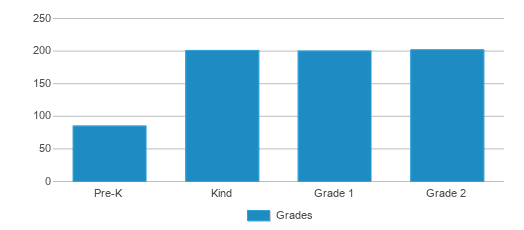
School Rankings
The diversity score of W F Peavy Primary is 0.58, which is less than the diversity score at state average of 0.64. The school's diversity has stayed relatively flat over five school years.
Student : Teacher Ratio
14:1
14:1
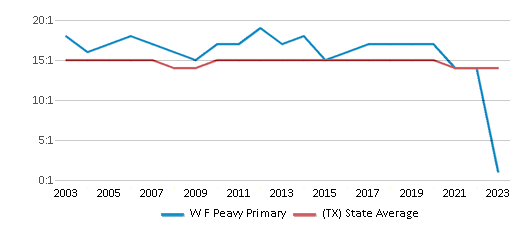
American Indian
n/a
n/a
Asian
2%
6%
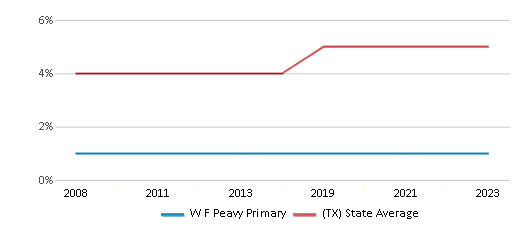
Hispanic
24%
53%
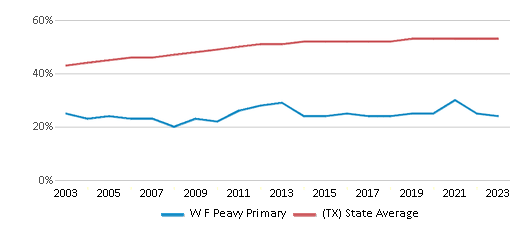
Black
9%
13%
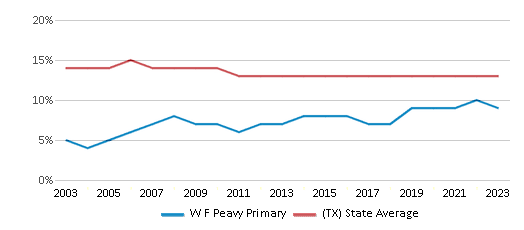
White
60%
25%
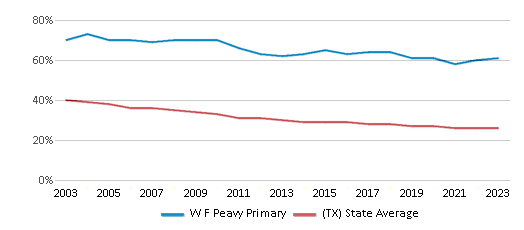
Hawaiian
n/a
n/a
Two or more races
5%
3%
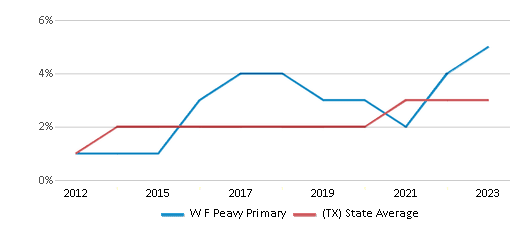
All Ethnic Groups
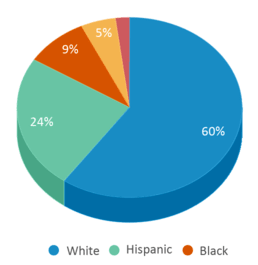
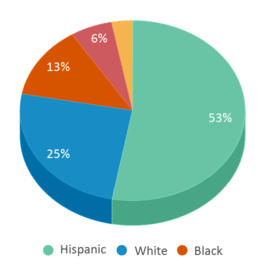
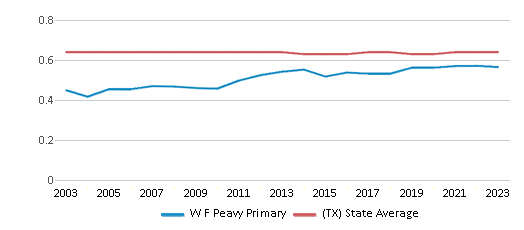
Participates in the National School Lunch Program (NSLP)
Yes
Eligible for Free Lunch
54%
57%
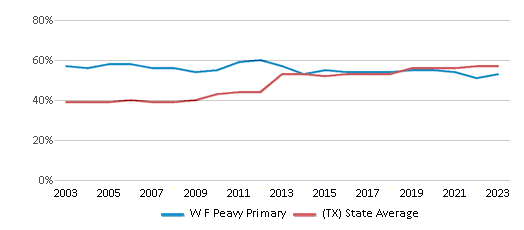
Eligible for Reduced Lunch
5%
5%
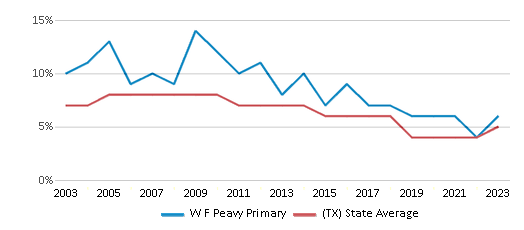
School Statewide Testing
School District Name
Source: National Center for Education Statistics (NCES), TX Dept. of Education
Frequently Asked Questions
What schools are W F Peavy Primary often compared to?
W F Peavy Primaryis often viewed alongside schools like W H Bonner Elementary School, Onalaska Elementary School, Trout Primary by visitors of our site.
How many students attend W F Peavy Primary?
688 students attend W F Peavy Primary.
What is the racial composition of the student body?
60% of W F Peavy Primary students are White, 24% of students are Hispanic, 9% of students are Black, 5% of students are Two or more races, and 2% of students are Asian.
What is the student:teacher ratio of W F Peavy Primary?
W F Peavy Primary has a student ration of 14:1, which is equal to the Texas state average of 14:1.
What grades does W F Peavy Primary offer ?
W F Peavy Primary offers enrollment in grades Prekindergarten-2
What school district is W F Peavy Primary part of?
W F Peavy Primary is part of Hudson Independent School District.
School Reviews
5 1/18/2021
AMAZING!!! Both of my children attended and we could not have asked for better teachers or administrators. The local parent organization is great and always looking for opportunities to be involved. Peavy offers great dyslexia supports, and our teachers were always willing to go the extra mile.
2 6/9/2008
this school is so unorganized i can't trust taking my kid here. During there field days there are no teachers attending only parents volunteering. I mean who's to know what parent to trust and who is really a parent and who is a sex offender. They really dont care much of there students and the parents. They dont offer extra time with struggling students and/ or children with learning disabilities. I would keep your kid far from this school.
Review W F Peavy Primary. Reviews should be a few sentences in length. Please include any comments on:
- Quality of academic programs, teachers, and facilities
- Availability of music, art, sports and other extracurricular activities
Recent Articles

Understanding the Consequences of Banning Books in K-12 Education
Explore the historical and contemporary issues surrounding the banning of books in public K-12 schools. Discover how parental guidance can serve as a more effective educational strategy, fostering critical thinking and empathy while respecting the freedom to read.

Teaching in Contemporary Times
We explore why individuals choose teaching, illuminating intrinsic motivations, the influence of role models, the pursuit of lifelong learning, and the aspiration to impact society.

December 16, 2024
Personalized Learning: Revolutionizing Education for the 21st CenturyExplore the revolutionary approach of Personalized Learning in K-12 education. This article discusses the benefits, challenges, and potential of tailoring education to individual student needs, incorporating technology and adaptive learning methods to prepare students for the 21st century.

